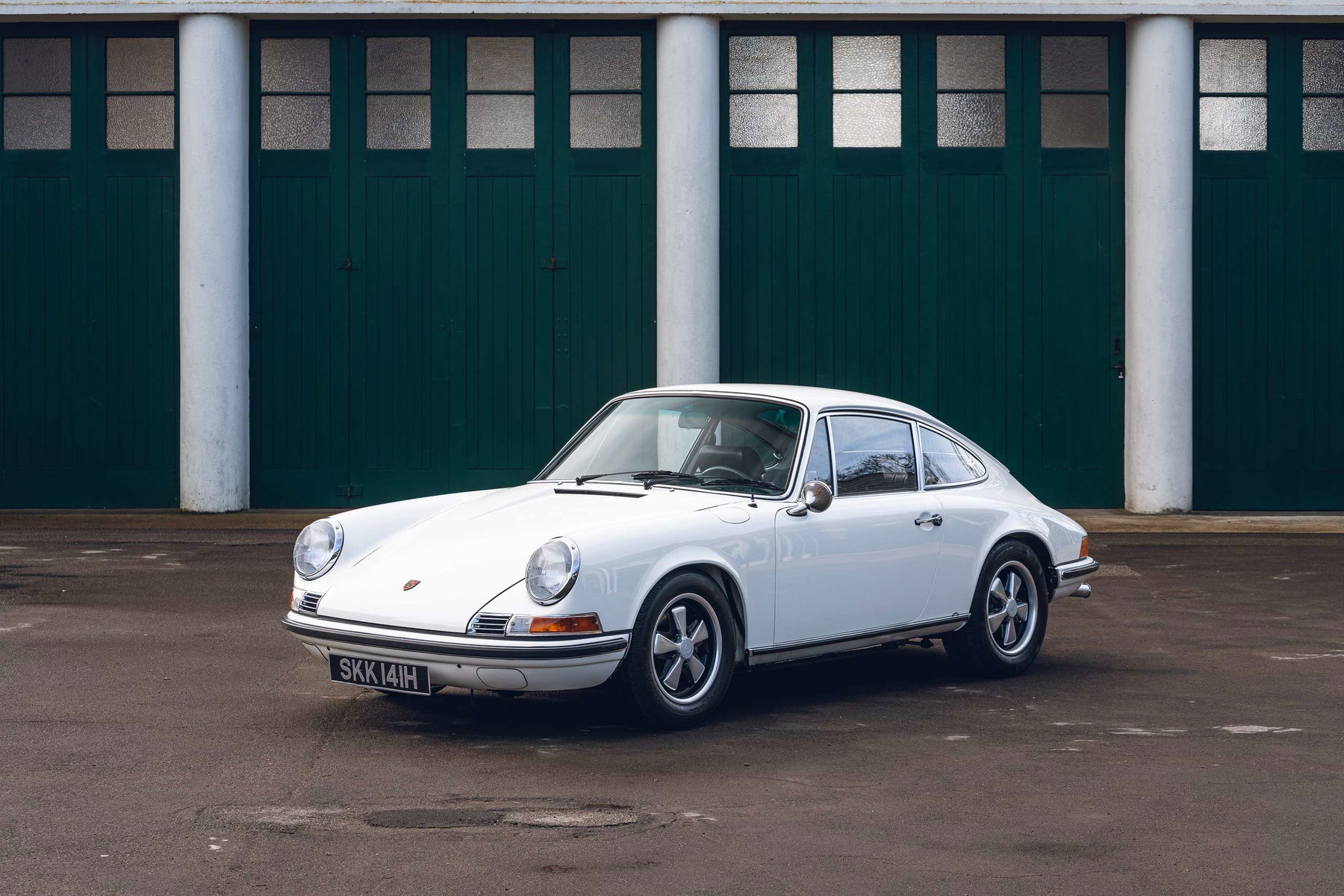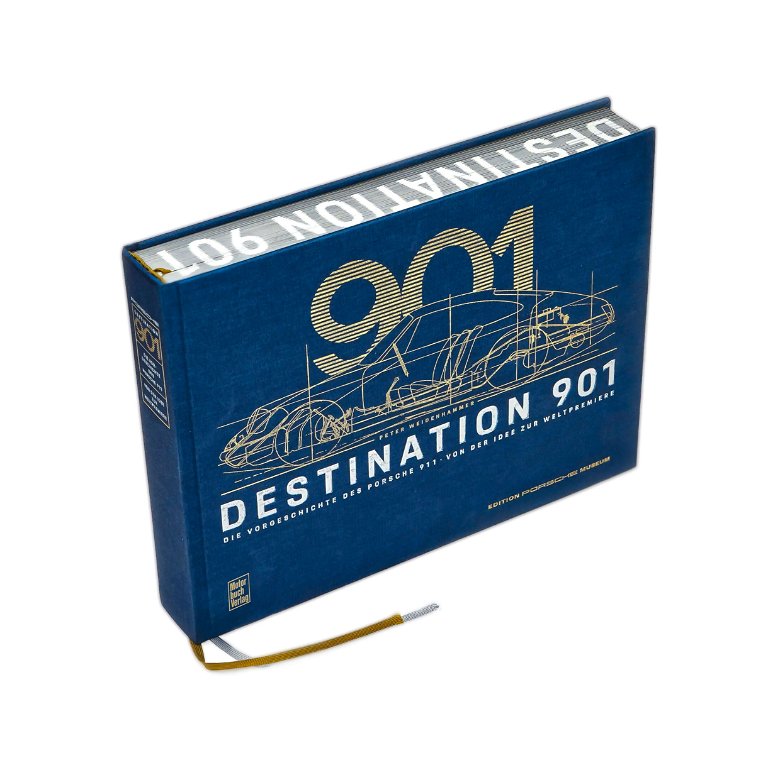Chassis 9110301339 was allocated to the Porsche Product Developing Department (code WE 100) in early 1970, according to internal factory documents sourced directly from Porsche’s archives.
Period documentation with the car includes the Pflegepass (service book) issued to “W.E. (Vic Elford)”, along with the Kraftfahrzeugbrief (registration document) showing Stuttgart number plate S-U 5830.
A letter from Vic to a previous owner in April 1993 confirms the story:
“Your car was originally my “factory” personal car in 1970 and 1971. When Porsche withdrew from prototype racing in 1971 (because the 917 was outlawed), I went to Alfa Romeo but I bought my 911.
You are right, it was originally a 2.2 litre. When I bought it, even though it had fairly low mileage and was in beautiful condition, the factory insisted on going over it from top to bottom and at the same time to put a 2.4 litre motor in it in place of the 2.2. I don’t recall the exact time that was done but I would suspect that it was early 1972?
Unfortunately, the 911 has no other interesting history. It was simply my personal car – but one that I really loved.
our thoughts
Vic Elford was arguably the greatest British Porsche factory driver of the first prototype racing car before five times Le Mans winner Derek Bell joined the team to race the 936 and 956. Vic’s achievement in winning the Rallye Monte-Carlo in a production 911 just one week before winning the Daytona 24 Hours in a Porsche 907 (Porsche’s first ever win in a 24 hour race) will likely go unmatched forever.
Cars with famous owners can present a quandary. A fortuitous photo, a quick PR shot and the car is ‘stamped’ but perhaps that is all. At the other end of the scale, long-serving movie cars can achieve extraordinary values as they transcend the interest of car enthusiasts and become famous in their own right.
However, the history with this car speaks to its special place of affection in the eyes of this most important and storied driver. At a time when he was absolutely at the height of his powers, this was his car and perhaps the steering wheel (correct to the year) was the very one that he held as he travelled from meeting to meeting as a front-line racer.
The factory ‘hot rod’ specification – retaining the 2.2’s 901 gearbox – is intriguing and creates a unique driving experience, with the car being noticeably torquier than the dog leg shift pattern would make your subconscious think. It is a combination that works well and serves as an ever-present reminder of the car’s special history.
We often imagine how we might use cars. Vic’s car should be used, driven to races and shared with other enthusiasts often. To us, it is special beyond belief and it is truly an honour to have it present at Sports Purpose – the echoes of history are just so evocative.








































